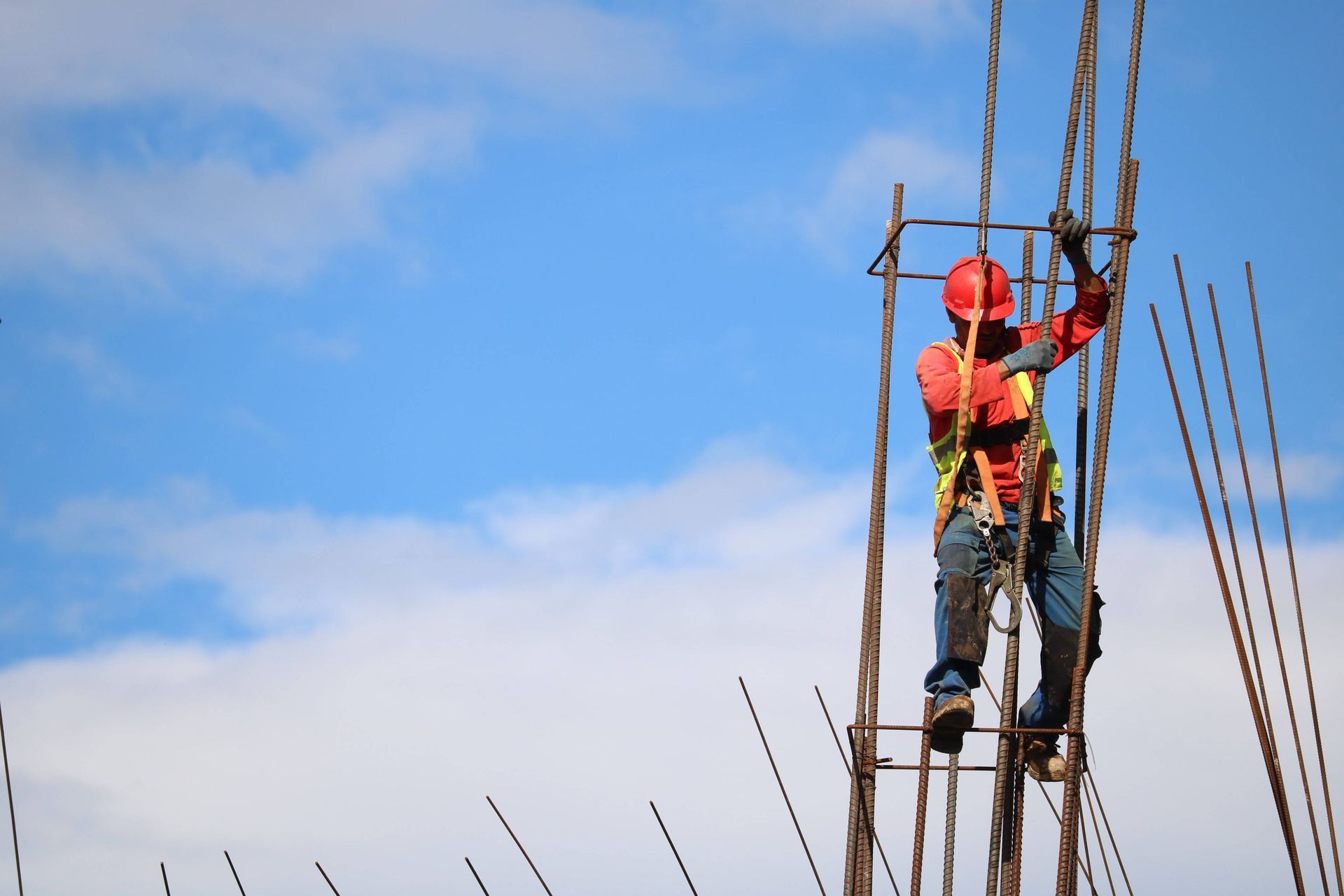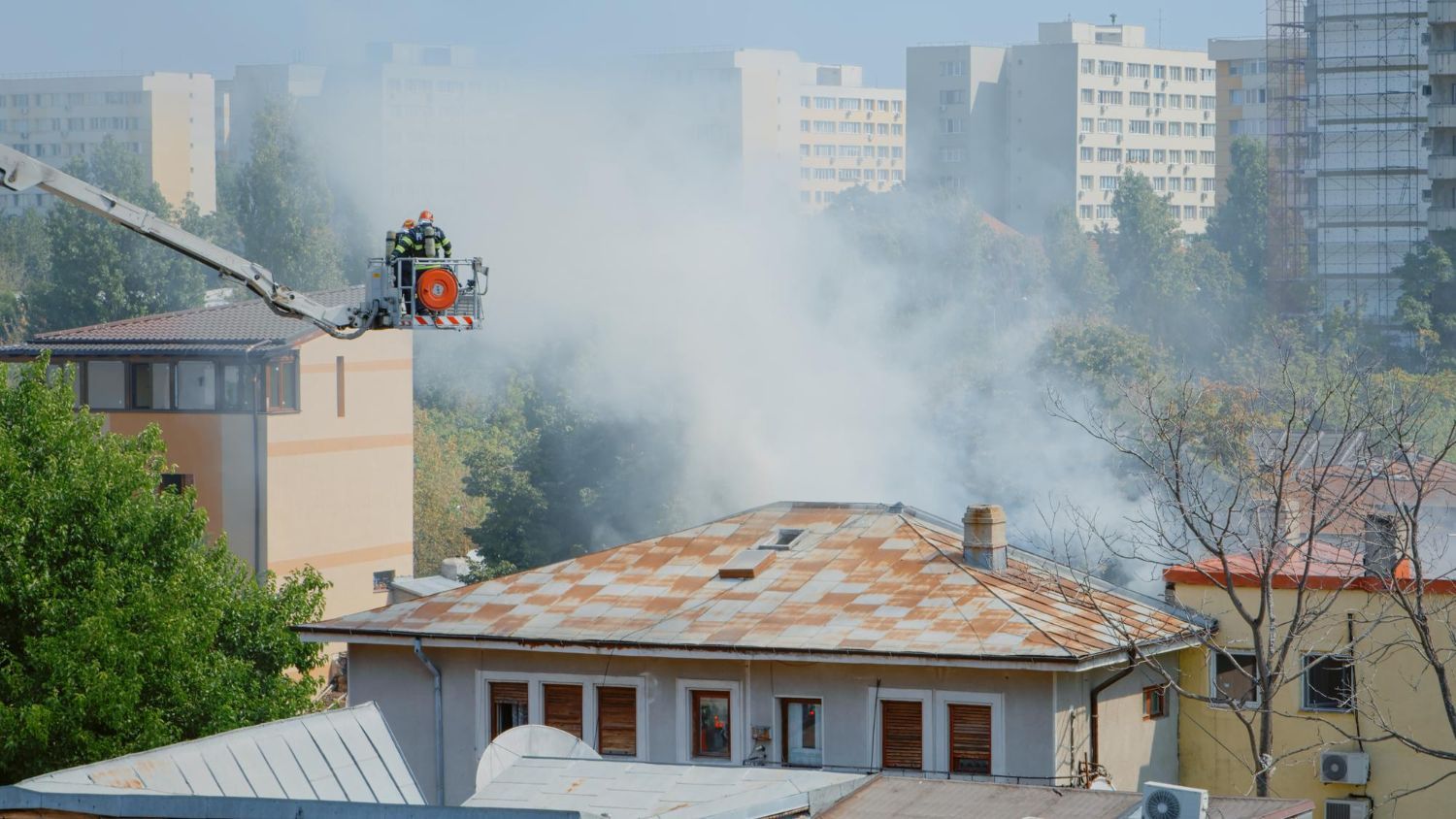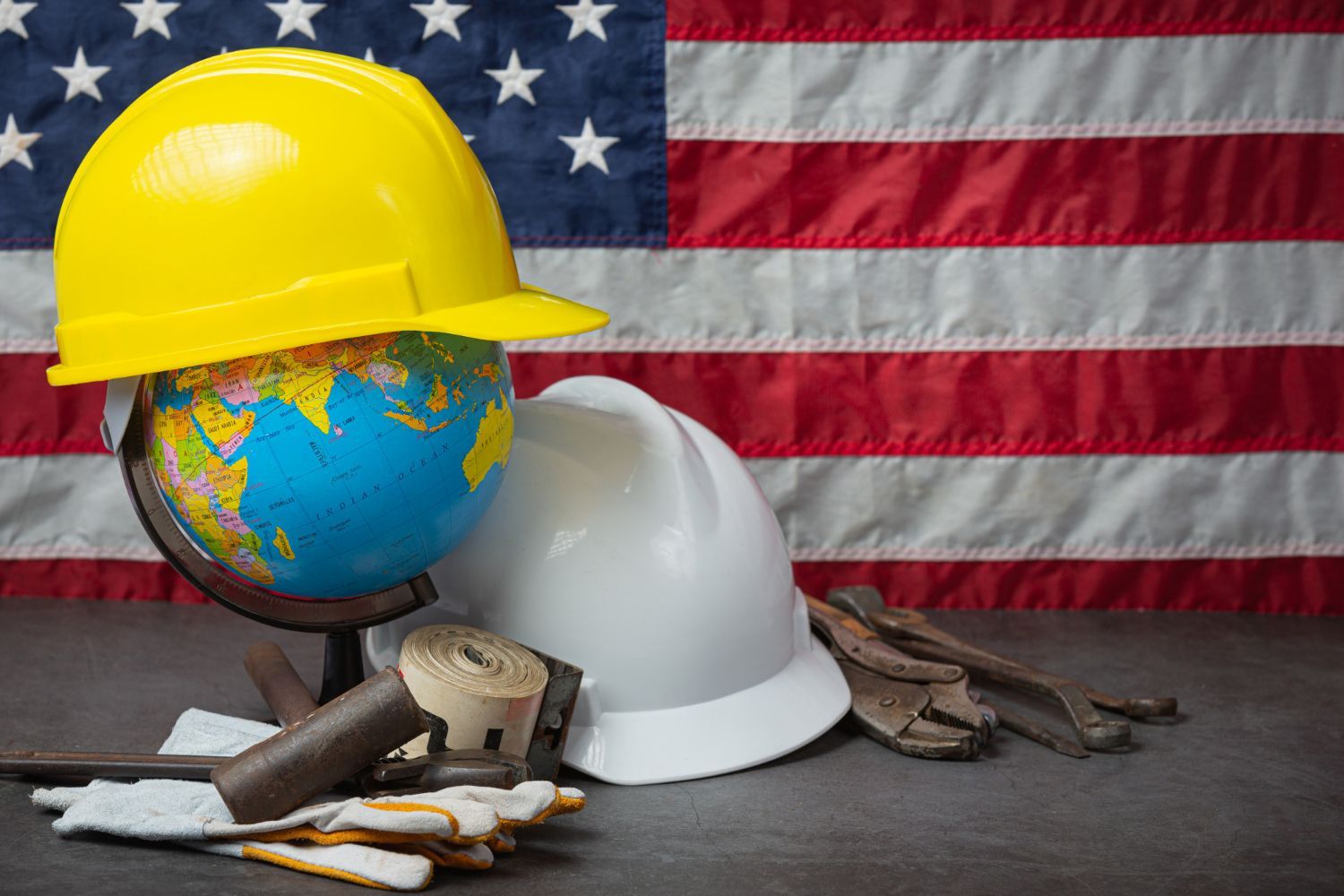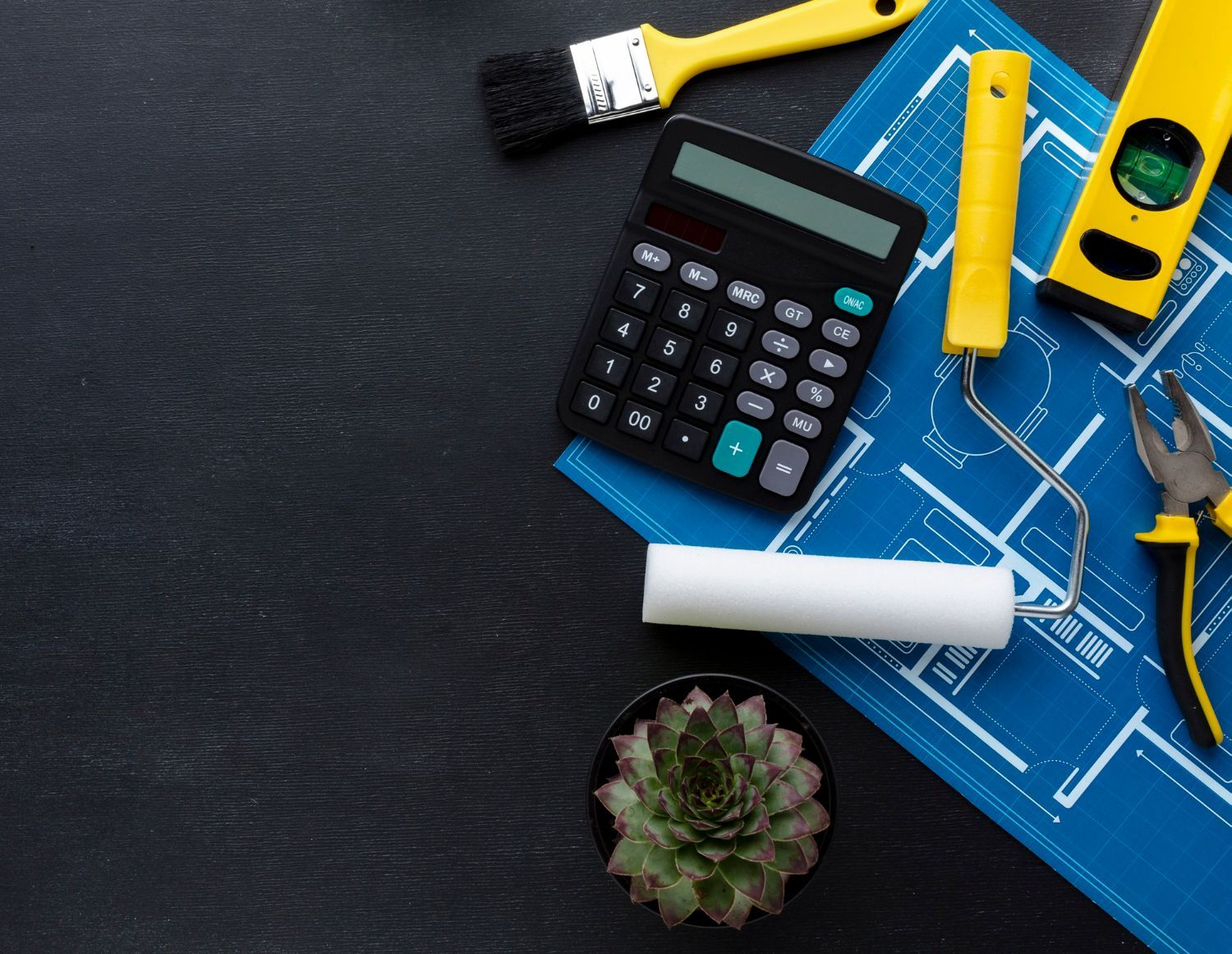Commercial Construction Boom Continues Amidst Residential Construction Stumble

With recession looming overhead, the residential contractors' brace for the worst time, whereas commercial construction booms in the same environment. Chief Economist for the Associated Builders and Contractors said that “Rising interest rates have already driven the single-family homebuilding market into recession, but brisk nonresidential activity continues," highlighting the talk of the town on the same lines.
However, this sentiment is hard to put down in tangible form (or in numerical data) due to price inflation, product availability and higher skilled labor cost across the country. Until more data is available, outlooks for each industry are less than crystal-clear. However, recent data shows that the cost of material, labor and land has also increased. This has directly declined the residential construction industry, whereas the impact is not that big on the commercial construction industry, as reported by CNBC.
Commercial construction continues to rise despite residential construction faltering
The Associated Builders and Contractors (ABC)’s Construction Backlog Indicator shows a sustainable number of projects in the future, depicting that the industry might have sidestepped a bump in the road. The number has doubled from 8.7 months last year.
Another factor in this industry-wise divide is the infrastructure bill which favors industrial construction and contractors. The $1 trillion bipartisan plan is set to distribute funds for projects across many sectors: roads and bridges, public transit, water and wastewater, passenger and freight rail, and airports. Moreover, the negative outlook in the housing market also creates an illusion of a wider gap than there is between the residential and commercial construction industries.
Ken Simonson, Chief Economist for the Associated General Contractors of America, references two indexes. The first one is the Architecture Billing Index, which indicates spending on new, nonresidential buildings will be increasing. In contrast, the second index is the Dodge Momentum Index, which means growth for both commercial and institutional projects. As per Ken, the ABI is a favorable indicator for continued growth in nonresidential building construction. Even with favorable bills and positive index indicators, many economists speculate that the execution of said plans may be complex. The various reasons include the slow trickle-down of Federal money, lack of skilled labor (due to the construction boom) and crossing of similar projects in the same locality.
Furthermore, the global challenges also add up to the US construction industry woes. The war in Ukraine has disrupted the supply chain of natural gas and oil, and the material supply chain has yet to completely stabilize since the effects of the COVID-19 pandemic. With several factors affecting the construction industry, it might be impossible to predict future trends irrespective of your economic and construction industry knowledge. Ken remains optimistic when he says, "I don't think that we're in a recession, and I think that we’ll escape without a recession.” Although, if you are a contractor or a homeowner looking for expertise from a local subcontractor amidst the shortage of skilled manpower, United Seattle is your go-to place.
We Offer All the Services You Need in One Place! We Will Save You Time and Money!
Call Us at (425) 521-7916 Now to Get a Free Estimate or a Free Consultation for Any of Our Services!



